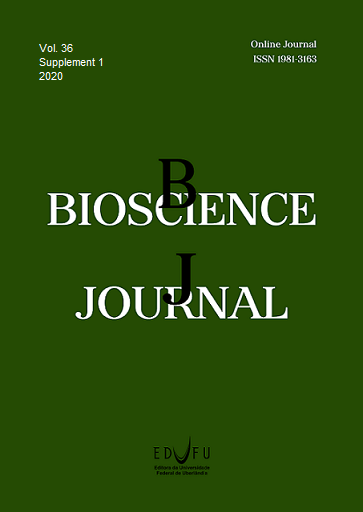Economic study of the cultivation of kale, coriander, lettuce, and chives in intercropping
DOI:
https://doi.org/10.14393/BJ-v36n0a2020-53590Keywords:
Allium schoenoprasum L., Brassica oleracea var. acephala DC., Coriandrum sativum L., Lactuca sativa L., Polyculture.Abstract
Intercropping of vegetables in a poorly planned manner may not achieve the expected economic results, as it is an activity that requires a great technical and administrative capacity of the producer. This study aimed to analyze the economic feasibility of intercropping kale with coriander, lettuce, and chives in relation to monocultures. The experiment was conducted in the Center for Agri-food Science and Technology, Federal University of Campina Grande, in the municipality of Pombal, PB in the period from June 2014 to July 2015. Eleven treatments were tested: four polycultures, three bicultives, and four monocultures, in randomized blocks, with four replications. The productivity, total operating costs (TOC), gross and net revenue, rate of return, profitability index, and efficient land use were evaluated. The TOC values of intercropping were calculated with the prices of July 2015. In all the systems studied, the largest participation was referring to the cost hand of labor. The highest gross and net revenues were observed in the kale with lettuce in bicultive, the rate of return and profitability index was higher on lettuce in monoculture. Despite the increase in the TOCs of the intercropping in relation to the monocultures, the intercropping proved to be economically viable in terms of efficient land use, reaching values indicating a land-use efficiency of up to 50% more in polycultures and bicultives.
Downloads
Published
Issue
Section
License
Copyright (c) 2020 Rodolfo Rodrigo de Almeida Lacerda, Odair Honorato de Oliveira, Caciana Cavalcanti Costa, Ivislanne de Sousa Queiroga Lacerda, José Magno Queiroz Luz, Anielson dos Santos Souza, Roberto Cleiton Fernandes de Queiroga, Laíza Gomes de Paiva

This work is licensed under a Creative Commons Attribution 4.0 International License.





